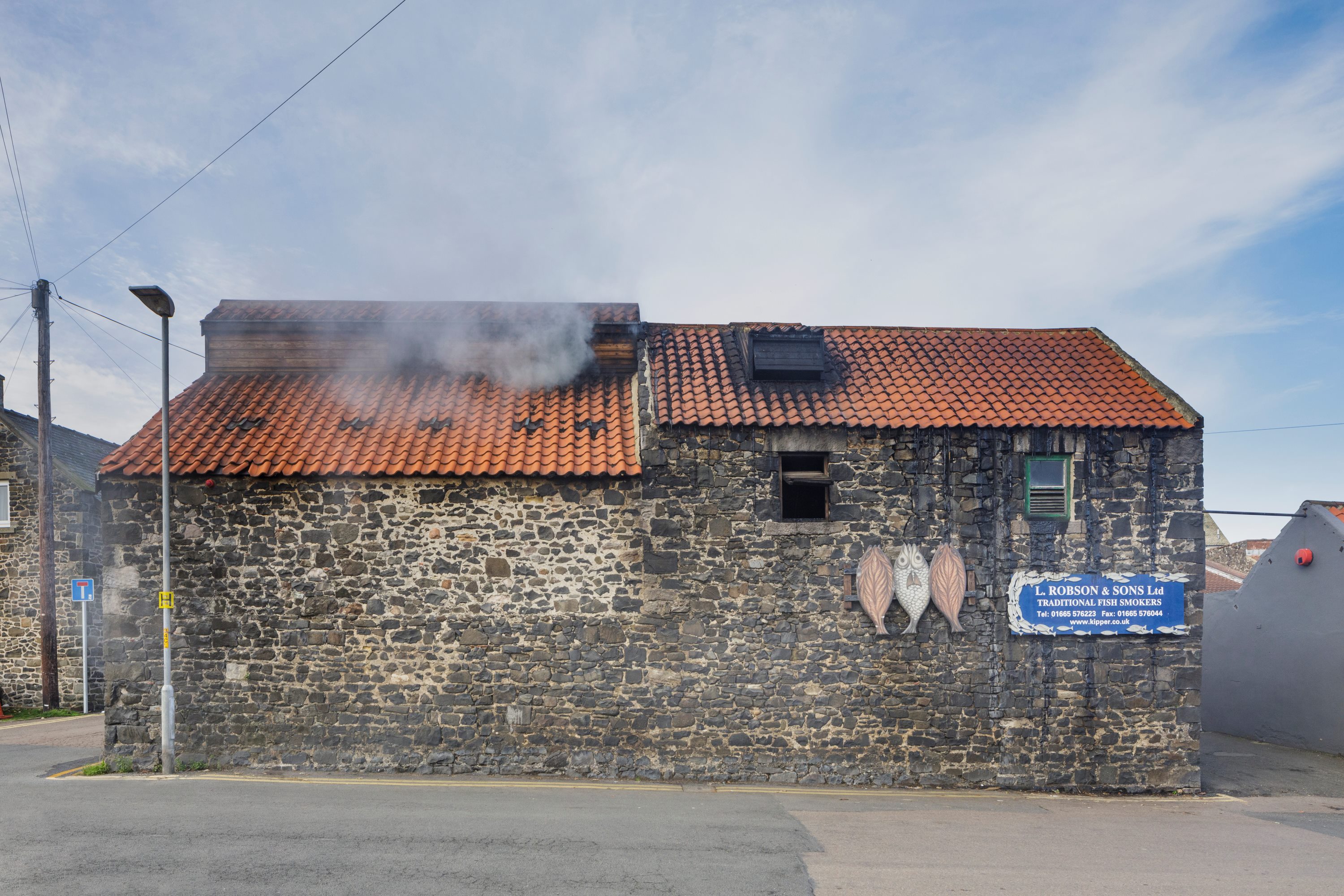Famous Northumberland Smokehouse Listed
A 19th century Northumberland smokehouse used for producing world famous kippers has been listed at Grade II by the Department for Culture, Media and Sport on the advice of Historic England.
For over a century, the Craster smokehouse has been owned by the Robson family, who for 4 generations have used the modest stone building to cure their renowned ‘Craster Kippers’.
Built in 1856, the smokehouse is a rare surviving remnant of the North East’s once thriving herring industry. From the mid-19th to the early 20th century, herring yards in almost every coastal town and village in the region were established to meet the large demands for this low-cost staple food. A small proportion of fresh fish was sold to local buyers in the daily fish markets, but most of it was pickled or cured in smokehouses and then transported to other domestic and European markets.
There was a sharp decline in the herring business along the east coast of England in the 1920s and 1930s, causing many firms to go bankrupt and the smokehouses to fall into disuse. This decline was caused by fresh fish such as cod and plaice being cheaper due to railway transport and refrigeration, making smoked and pickled fish less appealing to inland communities.
Craster has long been associated with the fishing and fish-curing trade. In 1887, there were 4 fish curers in the village, including William Archbold. He employed James Robson, who later established his own business, buying the smokehouse in 1906.
The smokehouse has remained in the same family ever since and is currently run by Neil Robson, James’ great-grandson. Trading as L Robson & Sons, it is the village's only surviving fish curing business and still produces Craster kippers the traditional way. Herring are hung on tenterhooks and placed in the smokehouse for 16 hours, where they are smoked by fires on the ground, fuelled by whitewood shavings and oak sawdust.
Kippers are an integral part of Craster’s cultural identity and the smokehouse is a physical embodiment of the village’s special character, as well as a living monument to the North East’s historic fishing industry.





